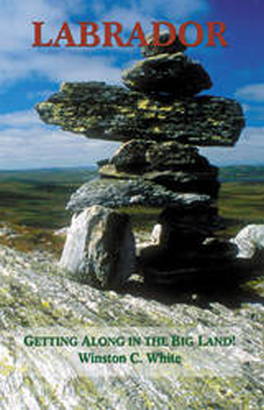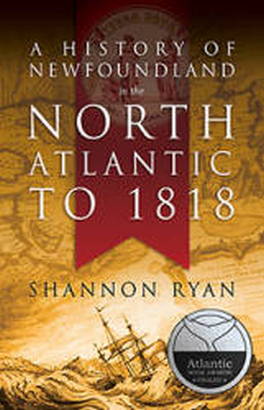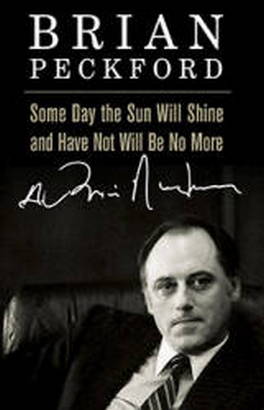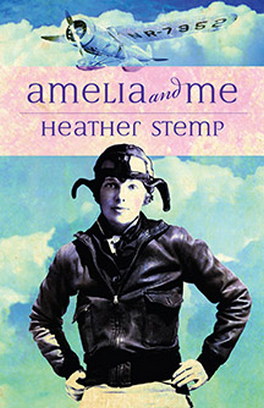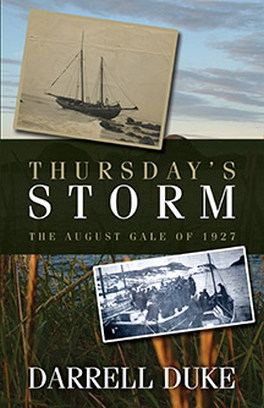For many years all kinds of travellers and adventurers have been going to Labrador. Some of those who went to live and work there have written good accounts of their life experiences. Others who went as adventurers, tourists, or workers have also recorded their experiences, but many of the accounts are rare or difficult to find. This guidebook is intended to help anyone who is visiting or living and working in the Big Land.
Sitting between Hudson Strait and the Gulf of St. Lawrence, Labrador covers nearly 300,000 square kilometres of spectacular scenery. In the north is found Arctic tundra, or the Barren Lands as many of the local residents call it. But barren is just a word applied to an area where there are no trees. In many respects it is a misnomer. Everyone who has had the treat of striding across some of this area and seen the myriad of flowers blooming in our brief summer, or been startled by a nesting ptarmigan, or seen the magnificent king caribou, agrees that the land is by no means barren. The awesome Torngat Mountains, the Kiglaipait and Kamajet group protect this area from the direct fury of the North Atlantic Ocean and the restless Labrador Sea.
Running at a right-angle to our coast, the Mealy Mountains can be seen from Happy Valley-Goose Bay or Cartwright. Another, smaller range of beautiful land lies between Makkovik and Rigolet – the Benedict Mountains. Inland, northeast of Churchill Falls, we can see the Red Wine Mountains, where a small herd of caribou has become known as the “Red Wine herd.” The Torngat and Mealy ranges will someday be national park areas.
South of the Barren Lands lie the inland tundra and taiga plains of string bogs, wetlands, marshes and black spruce forests. The pale green shade of the caribou moss lichen is Labrador’s own “lawn” and is the natural blanket of this immense land. Integral to the mixture are the pristine blue waters of sparkling lake and mighty rivers. Seventy-five percent of Labrador is covered in fresh water.
Sandy beaches, rocky outcrops, eskers and boulder-strewn valleys and hillsides are some of the footprints left from the last ice age 10,000 years ago. Nearly a thousand miles, or 1,600 kilometres of coastline is carved into hundreds of beautiful bays and long, deep fjords whose walls tower overhead two and three thousand feet!
Off the outer ring of islands along the coast, gigantic icebergs are grounded on the ocean floor. They are too big to continue their trip south. Here they stay and wait for the sun to melt them down by several hundred thousand tons so that they can float and move on. This is why our Labrador Sea is also called “Iceberg Alley.”
Our rocks are among the oldest on earth. In the Nain area, geologists have dated them back to thirteen hundred million years ago, and in the immediate area of the community of Hopedale, the rocks are nearly twice as old…in excess of twenty-five hundred million years!
Characteristic of Labrador is Labradorite, a beautiful stone that displays magnificent shades of greens, blues, orange, bronze, or yellow. The magic of Labradorite is best viewed when you dip the stone in water, and let light rays reflect off thin layers to intensify the colours. I have always been told that the Northern Lights come from Labradorite.
There is an old, true legend that says that Northern Lights were once imprisoned in our rocks. A powerful Inuk shaman wandered over the lights reflecting from the stone and with a mighty blow of his spear he freed the lights. Some of the lights didn’t make it out of the stone, which is why we have Labradorite today. Labradorite is thirteen hundred million years old.
Another of our resident rocks, called Ramah chert is around 2,000 million years old. Ramah chert is another marvellous stone. We have used it for thousands of years for arrow and spear tips as well as cutting tools. It is very strong and does not crack easily like other stones. Other native tribes learned about its qualities and chert was traded far beyond the Labrador Peninsula. It has been uncovered as far south as the eastern seaboard of the United States. I once read in National Geographic about a surgeon in the USA who has been using a scalpel made of Ramah chert. Under a microscope, the edge of the blade made of Ramah chert is smooth while the cutting edge of today’s finest stainless steel is pitted and jagged.
When you hike along our shores or over boulder fields you may see soapstone and serpentine for our artists and carvers to shape, and, like Harry Martin says in a song, “release the spirits locked inside.” They are the stones used by ancient and modern-day First Nations peoples of this land.
There’s another story that says that the Great Creator made this earth in six days and spent the seventh day tossing rocks at the area where we are today. If that’s true, a pretty good job was done for us. Among the rocks we have found iron ore, nickel, graphite, dolomite, and rare earth minerals. There are gemstones like sapphires and pretty soon someone is going to stumble over a diamond or strike gold. Mother Nature keeps them hidden in those valleys, hills and beyond the limit of the eye.
Then there are other industries like hydroelectric power, timber harvesting, fishing, and tourism. In “Iceberg Alley” our offshore crab, shrimp, and scallop resources are a bright hope in a changing fishery. Since the king cod stock of Labrador was wiped away from our shores, we continue to live on sea-run trout and Arctic char. Swimming in our cold, clear ocean waters, these fish provide us with a healthy wild food that entices visitors to come back for more.
Other species like clams, whelks, and mussels lie on a seabed floor above deposits of natural gas. Our storehouse of natural resources and the stunning beauty of this land are attracting other people into our once-remote region. But our greatest resource is our people and all you have to do is ask any person for help or direction. You can be sure you will be treated kindly and in a very friendly manner. You will be safe in this region.
This book is a storehouse of up-to-date information on Labrador. It is well-written and well-illustrated and filled with valuable tips to the would-be traveller to the big Land.-- The Telegram --
The book though is flavoured with a unique local character making it a wonderful introduction for tourists to the Labrador region and definitely a keepsake for all Labradorians to treasure-- The Aurora --
